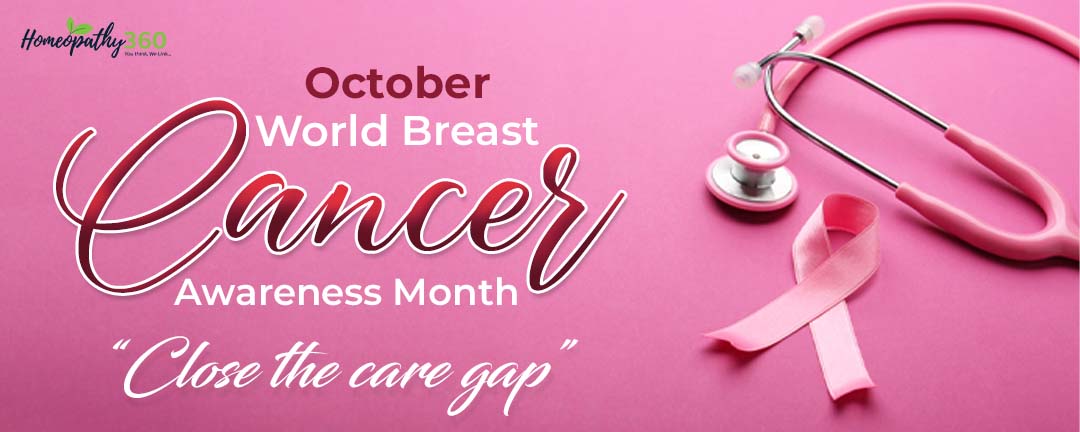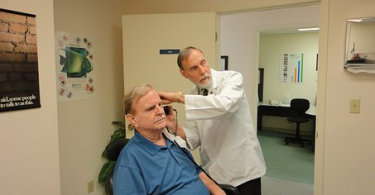
In a global effort to raise awareness on breast cancer, October has been designated as the Pink Month. The Pink Month is a month where efforts to educate those concerned about the disease, including early identification and signs and symptoms associated with breast cancer. The major international symbol of Breast Cancer Awareness Month is the colour pink. In the 1990s the pink ribbon stood as the primary emblem of support. However, the colour pink is used in a variety of ways, including on clothing, posters, and Internet Web sites, to demonstrate individual and collective awareness of breast cancer.
Highlighting that 90% of early stage breast cancers are curable, often with treatments that conserve the breast, it is urged to self-examine themselves once a month for any early signs, to visit their doctor regularly, and to get mammography periodically.
Every year, breast cancer kills more than 500,000 women around the world. In resource-poor settings, a majority of women with breast cancer are diagnosed at an advanced stage of disease, resulting in low survival rates.
- In 2022, an estimated 290,560 new cases of invasive breast cancer are expected to be diagnosed in the U.S., along with 51,400 new cases of non-invasive breast cancer. An estimated 43,780 people will lose their lives to metastatic breast cancer.
- About 1 in 8 U.S. women and 1 in 833 U.S. men will develop invasive breast cancer over the course of their lives.
- As of 2020, there were 2.26 million global cases of breast cancer, making it the most commonly diagnosed cancer in the world. 685,000 of those diagnosed have died.
WHY BREAST CANCER AWARENESS MONTH IS IMPORTANT
It promotes self-care
Breast Cancer Awareness Month reminds women (and men ) that monthly breast cancer exams should be a regular part of one’s self care. If you have never performed a self-exam, ask your doctor or nurse practitioner to guide you through. Look for changes within and surrounding your breast including dimpling, redness, scaliness or nipple discharge. Granted, some breasts are a little more “lumpy” than others but changes in size or in the tissue should send up a red alert to make an appointment to see your physician.
It focuses on treatment
There are several different types of breast cancer. Treatment options depend on various patient factors: the stage and specific type of cancer, age and overall health at the time of diagnosis, and the patient’s personal and family history. After the diagnosis, a patient should consult with family to choose a physician who can go over treatment options like surgery, chemotherapy, hormone therapy, and radiation,
It shouts the good news
The National Cancer Institute recently declared that the U.S. cancer rate fell for diagnosed women between 2006-2015. Also, the FDA approved an at-home genetic testing kit for women to assess whether they carry any of the three gene mutations associated with breast cancer. Oncoplastic surgery, another positive option, is a surgical “two-fer” allowing the removal of cancerous breast tissue immediately followed by the re-sculpting of the breast’s remaining tissue, restoring symmetry and a more natural appearance.
It is necessary to be aware of the disease and be careful about it keeping oneself updated with precautions and treatment.
Courtesy : www.afro.who.int, nationaltoday.com





